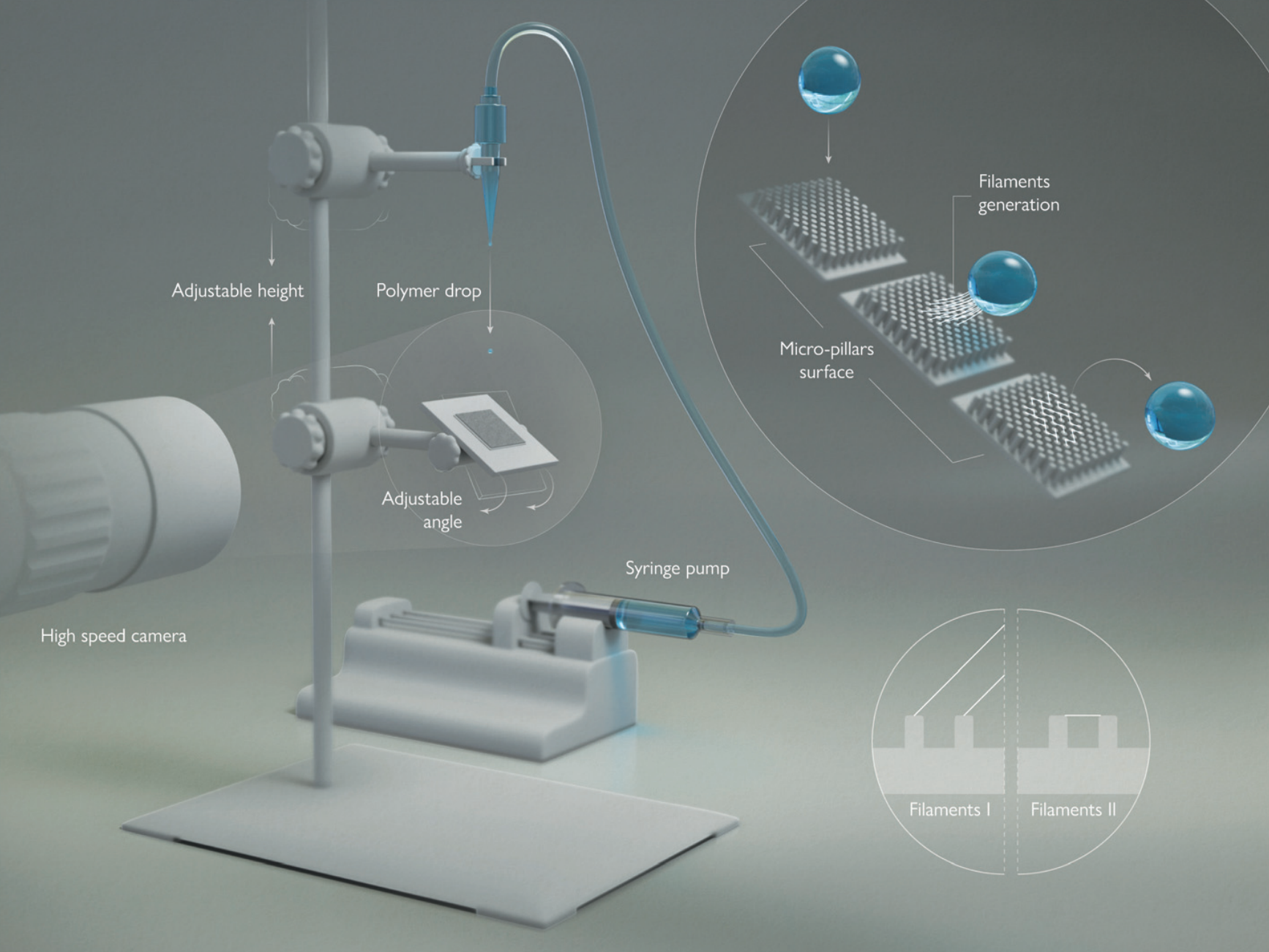Finite-time flow singularities occur when a drop or a bubble pinches off from a nozzle. Singular jets also occur during the collapse of drop-impact craters [1]. These very fast jets arise from a dimple formed at the bottom of the crater. Here we use a very small perfluorohexane (PP1) droplet impacting on a water pool. This reveals novel intricate crater shapes, which include a cascade of dimples. To accurately capture the rapid shape evolution, we need frame-rates as high as 5 million fps. Our title is borrowed from Ray Kurzweil’s book, which describes the approaching technological singularity, when the pace of major advances will overtake human timescales [2].
Reference
[1] S. T. Thoroddsen, K. Takehara, H. D. Nguyen, and T. G. Etoh, "Singular jets during the collapse of drop-impact craters," Journal of Fluid Mechanics, vol. 848, p. R3, 2018, Art. no. R3.
[2] R. Kurzweil, The singularity is near: When humans transcend biology. Penguin, 2005.
AUTHORS
Ziqiang Yang, Division of Physical Science and Engineering, King Abdullah University of Science and Technology, Thuwal 23955-6900, Saudi Arabia
Yuansi Tian, Division of Physical Science and Engineering, King Abdullah University of Science and Technology, Thuwal 23955-6900, Saudi Arabia
Sigurdur T. Thoroddsen, Division of Physical Science and Engineering, King Abdullah University of Science and Technology, Thuwal 23955-6900, Saudi Arabia









